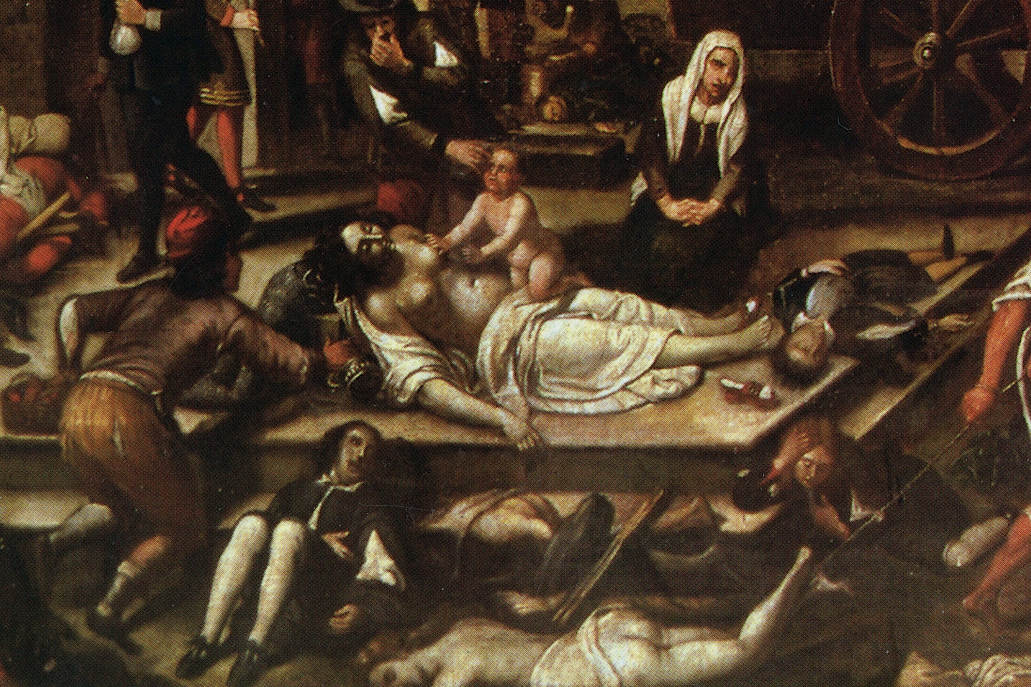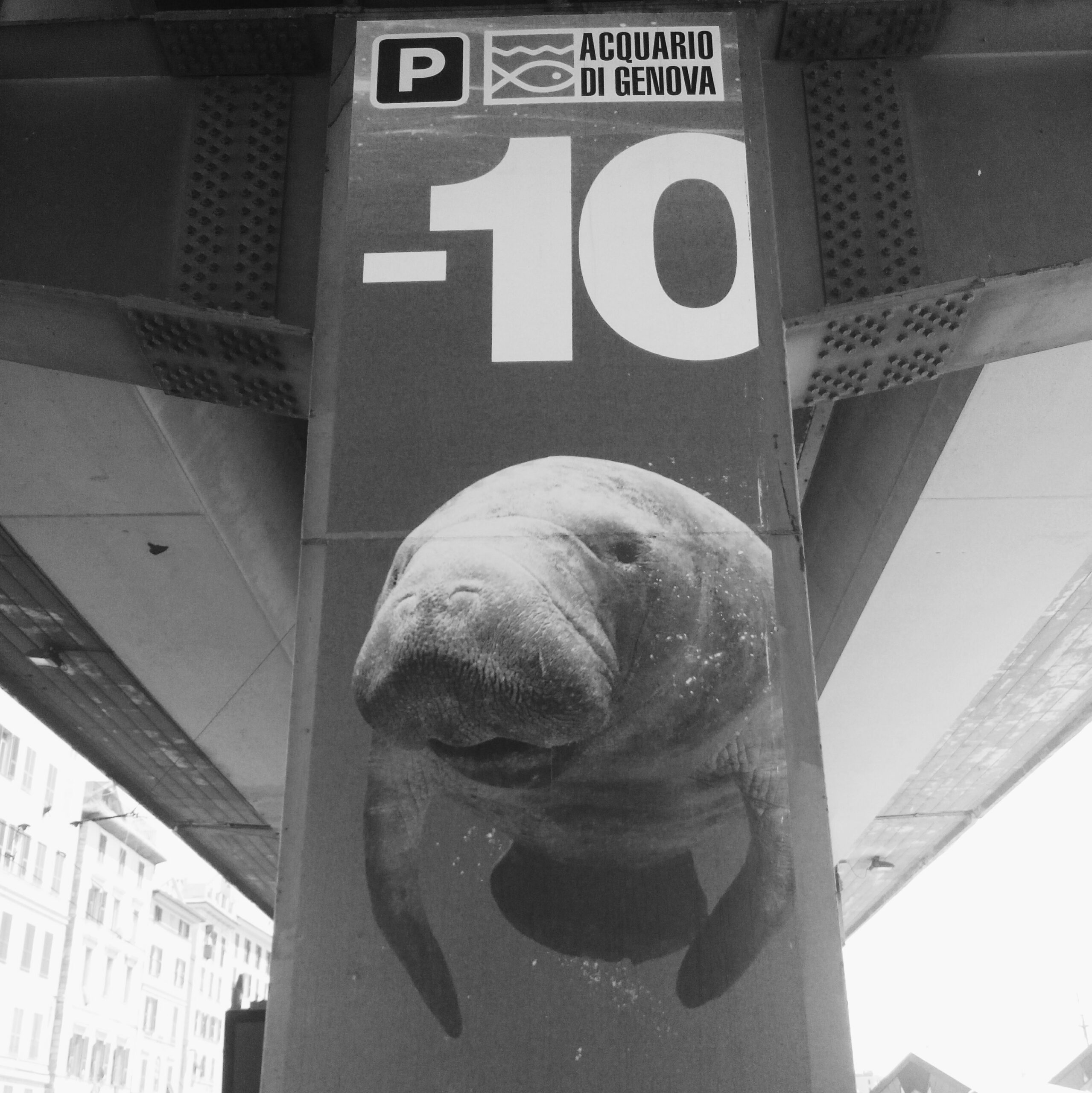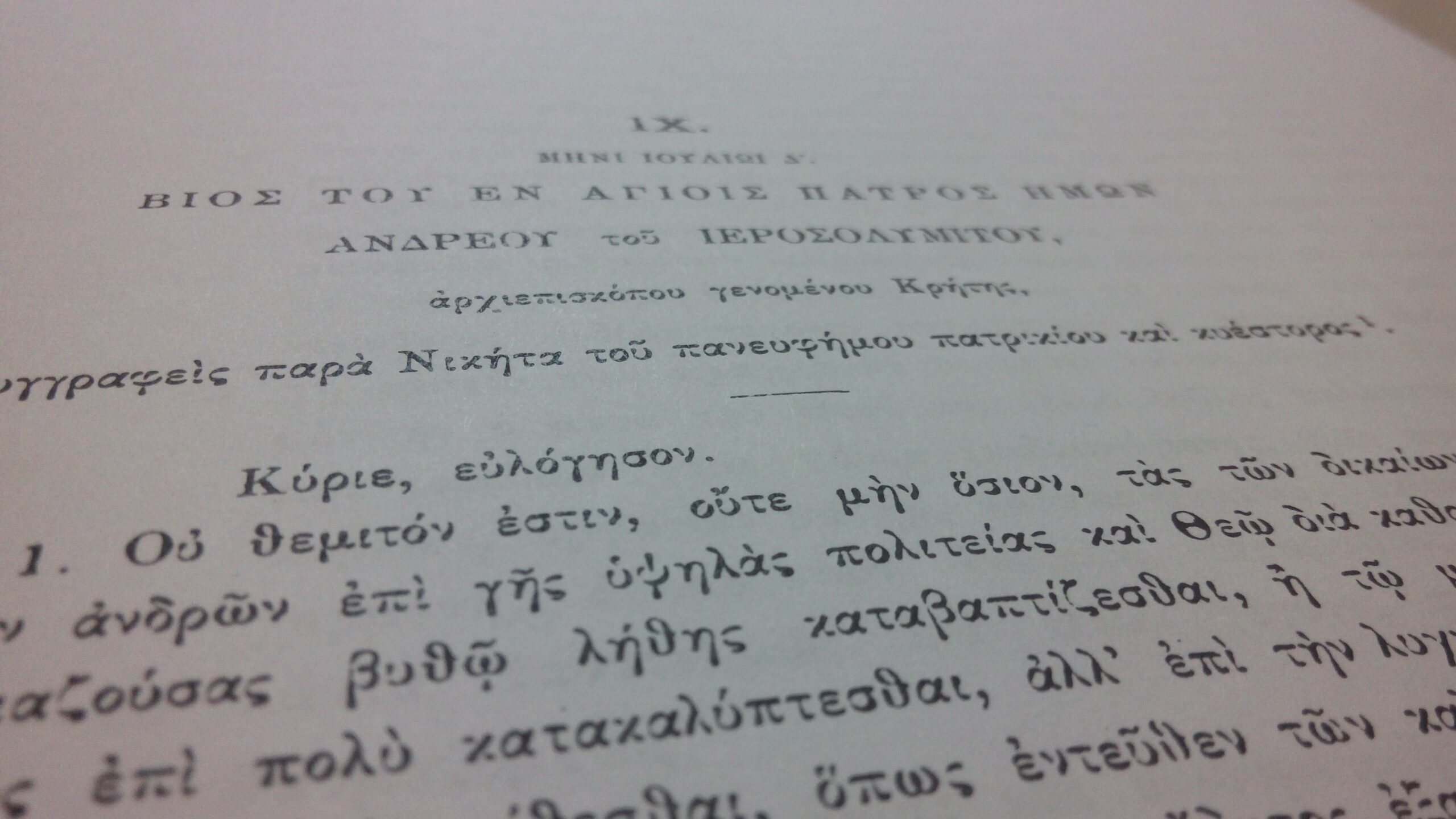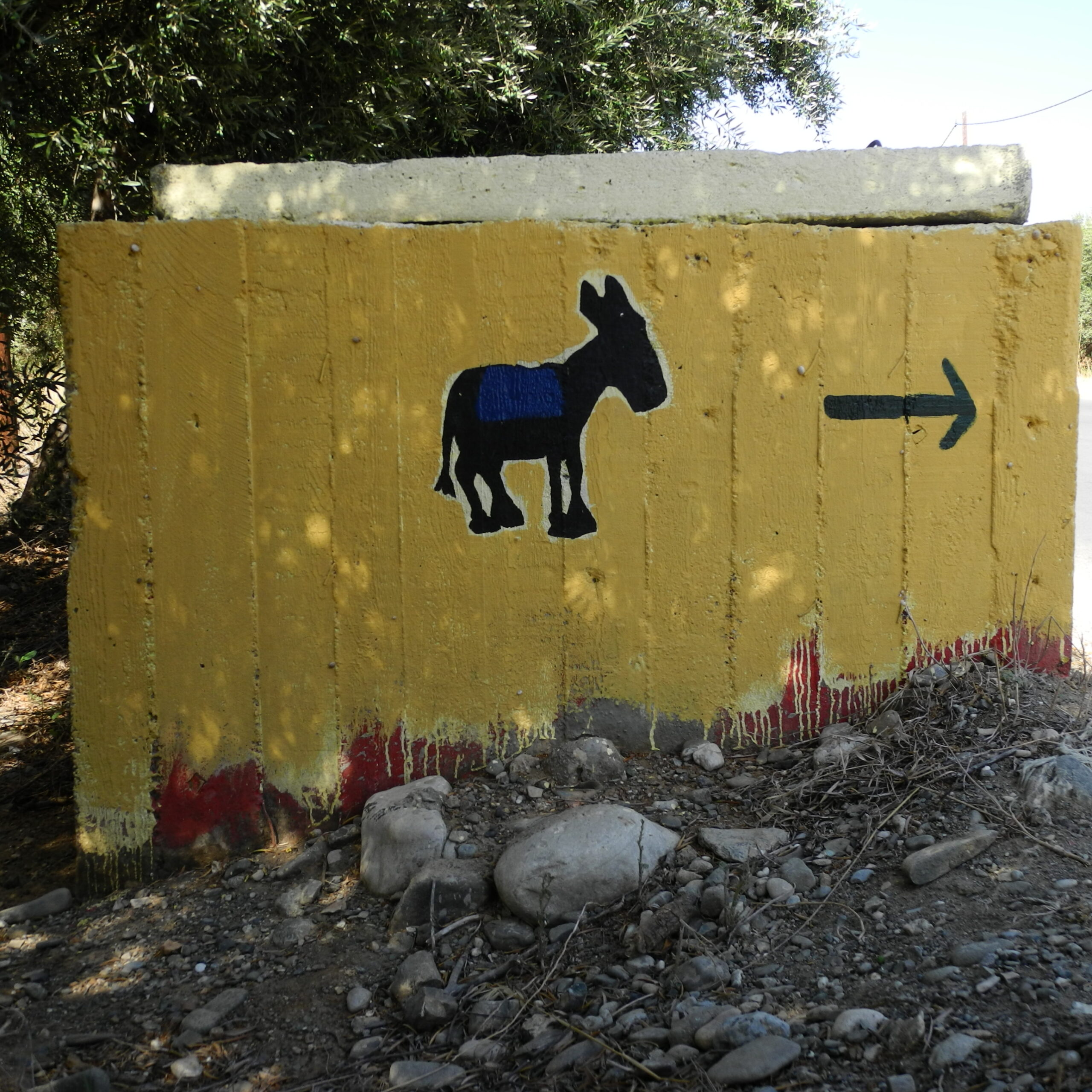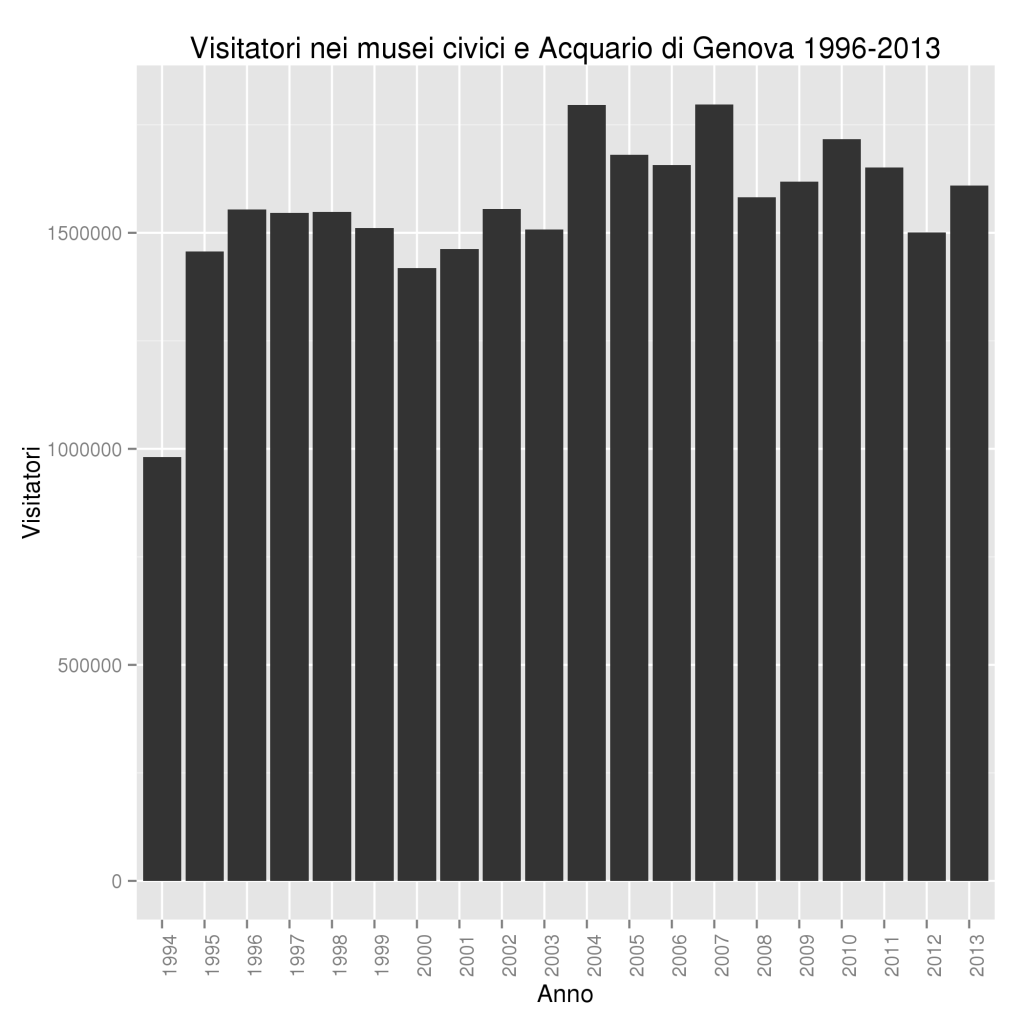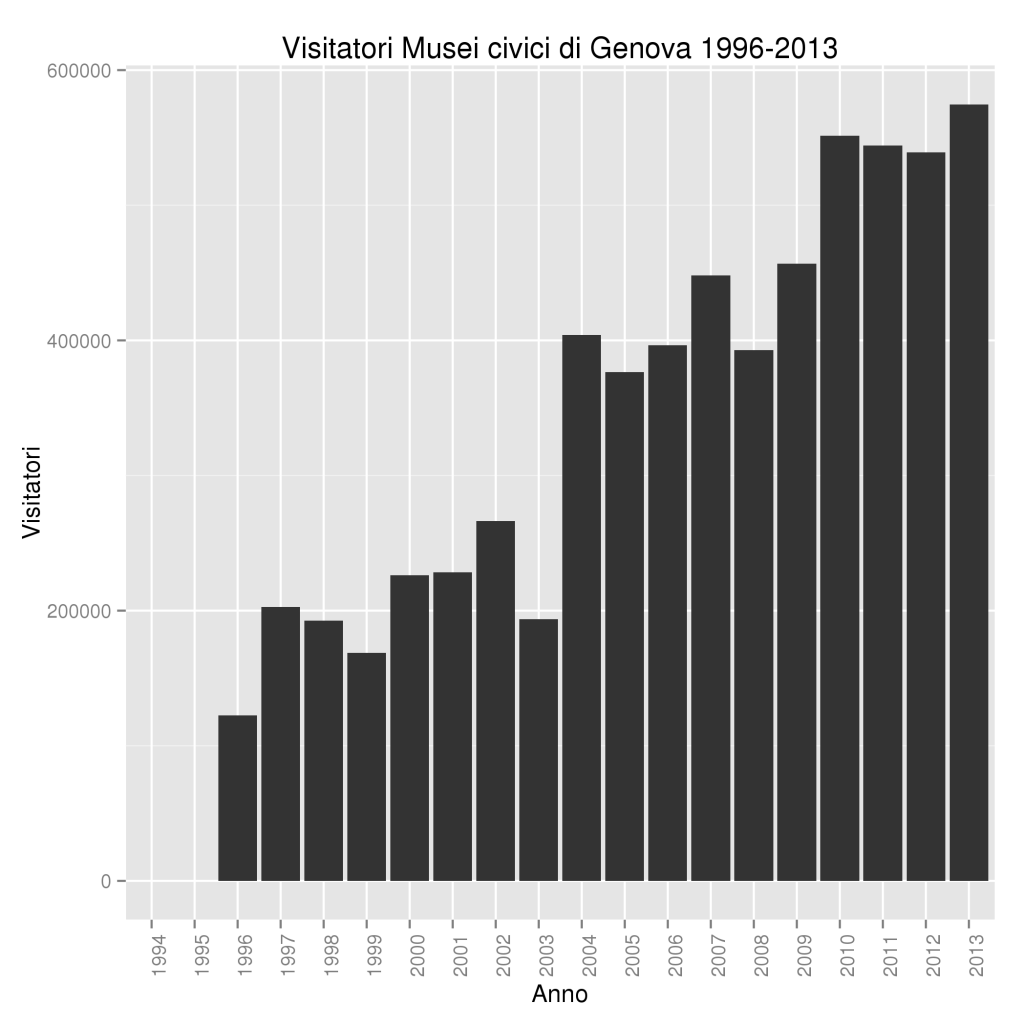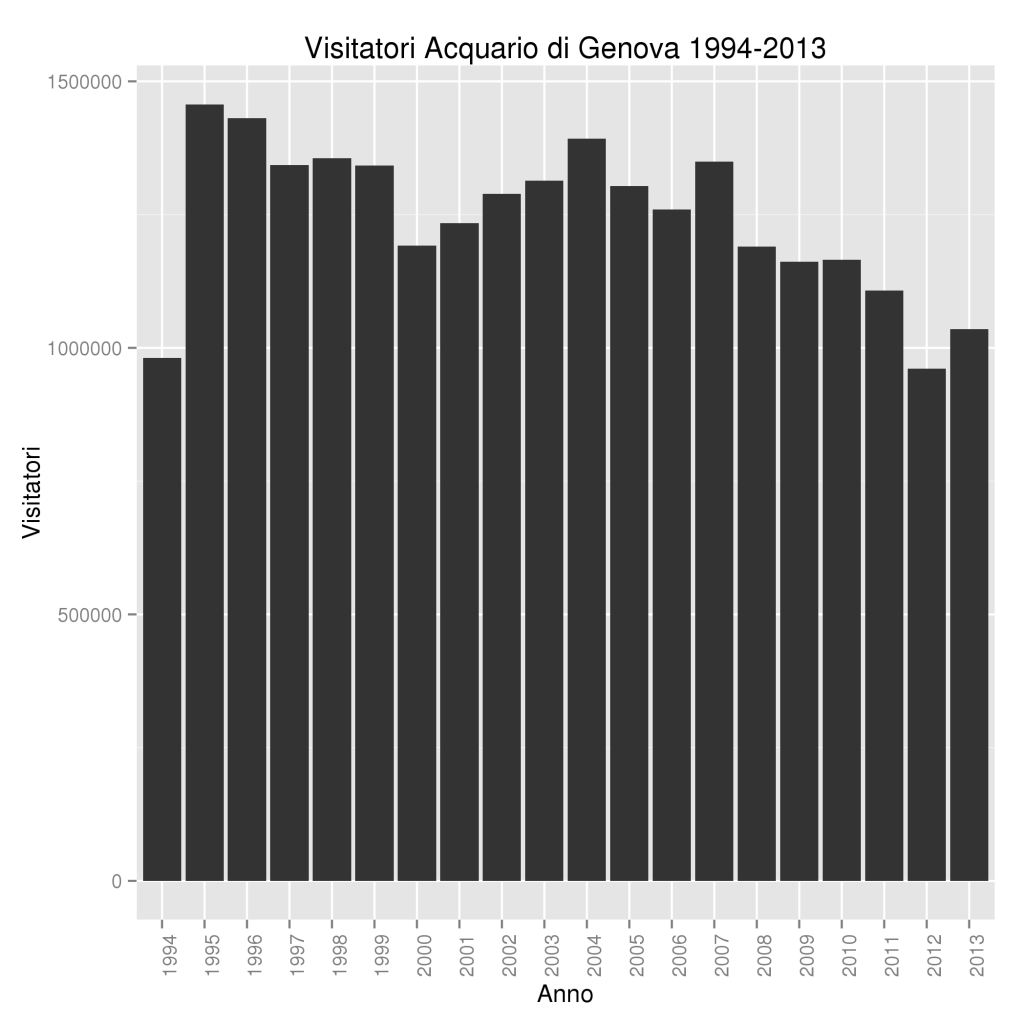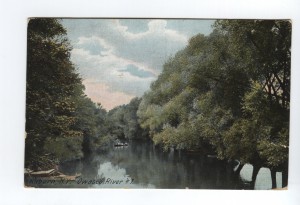Quasi tutti ricordano la peste che fa da sfondo ai Promessi Sposi di Alessandro Manzoni. L’epidemia colpì Milano nel 1630 ma risparmiò Genova e la Liguria. Nel 1656 però un’altra ondata di peste bubbonica arriva qui. Colpisce duramente gli abitanti di grandi città come Roma, Napoli e Genova. Non rimangono immuni nemmeno i centri abitati più piccoli come Torriglia e soprattutto, per questa terza pillola storica, anche a Marzano arriva la peste.
Proprio come avviene oggi con l’epidemia Covid, vengono prese misure drastiche. Marzano è tra le “ville” sospese dalle quali è vietato spostarsi, insieme a Tercesi e Olcesi, perché è un luogo di contagio. Un lockdown in piena regola.
I controlli sono effettuati da guardie armate delle milizie, che per ogni villa sono sotto un caporale. Niente moduli di autocertificazione, ma proprio come oggi le forze dell’ordine sono impegnate per un rigido controllo degli spostamenti. Conosciamo almeno un caso di violazione del divieto nel mese di ottobre 1656, quando Geronimo e Antonio Costa di Marzano sono denunciati dal caporale Benedetto Mangini per essersi allontanati più volte dai confini imposti.
In questi anni gli abitanti di Marzano sono circa un centinaio divisi in 18 famiglie (fuochi). Lo sappiamo dal giuramento prestato il 29 novembre 1654 al principe Gio Andrea Doria, a cui prendono parte tutti i capifamiglia. Non abbiamo idea del numero di vittime dell’epidemia, ma a Genova le stime sono nell’ordine delle decine di migliaia di morti e secondo alcuni cadde il 70% della popolazione. Se andassimo a consultare i registri dei defunti nell’archivio parrocchiale avremmo un’idea più precisa. Certo, in un luogo di poche case come Marzano è più facile mantenere (consciamente o meno) quel distanziamento che aiutava a limitare la diffusione del morbo. Non c’erano strumenti particolari per aumentare i controlli, mentre oggi i droni e le celle telefoniche ci guardano di continuo (a proposito: chi manovra il drone che ogni tanto vola sopra le case?).
Per contrastare l’epidemia si ricorre ovviamente anche alla fede. La cappella della Panteca, intitolata tra gli altri a San Luigi Gonzaga (e forse anche a San Rocco) sembra proprio un esempio di ex voto collettivo e penso che la sua costruzione risalga a questo periodo. D’altronde, la stessa chiesa di San Bartolomeo a Marzano era stata consacrata pochi anni prima.
Queste notizie sono tratte dai documenti conservati nell’archivio comunale, grazie al lavoro minuzioso di Mauro Casale pubblicato nei due libri La magnifica comunità di Torriglia e Castrum Turrilie. Quindi mi sono basato in prevalenza sulla lettura di questi volumi. Nel 2017 c’è stata una bella mostra dedicata alla peste di Genova del 1656-1657 al Museo dei Beni Culturali Cappuccini. Il libro recente più completo sull’argomento è quello di Romano Da Calice del 2004, La grande peste : Genova 1656-1657.
Pillole di storia marzanina
La chiesa di San Bartolomeo · San Terenziano
Marzano 200 anni fa · La peste a Marzano nel 1656-1657
